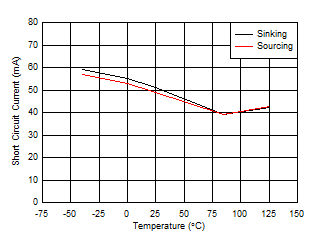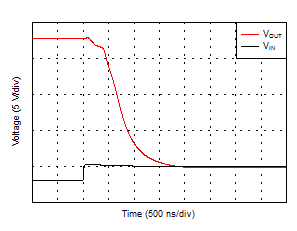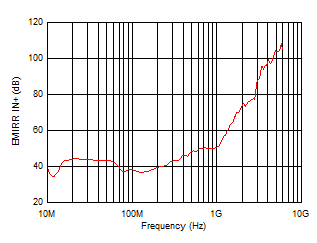SBOS566C June 2017 – October 2018 OPA1692
PRODUCTION DATA.
- 1 Features
- 2 Applications
- 3 Description
- 4 Revision History
- 5 Pin Configuration and Functions
- 6 Specifications
- 7 Detailed Description
- 8 Application and Implementation
- 9 Power Supply Recommendations
- 10Layout
- 11Device and Documentation Support
- 12Mechanical, Packaging, and Orderable Information
Package Options
Mechanical Data (Package|Pins)
Thermal pad, mechanical data (Package|Pins)
- DGK|8
Orderable Information
6.6 Typical Characteristics
at TA = 25°C, VS = ±18 V, and RL = 2 kΩ (unless otherwise noted)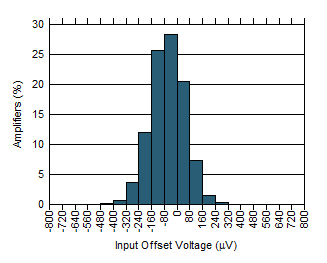
| N = 1160 | Mean = –139.2 µV | Std. Dev. = 105.4 µV |
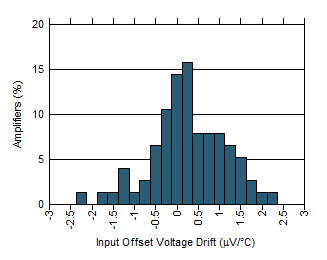
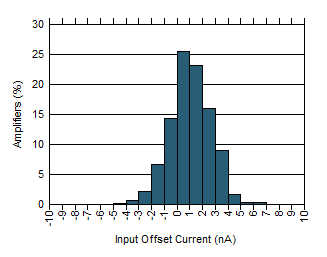
| N = 1160 | Mean = 0.07 nA | Std. Dev. = 1.58 nA |
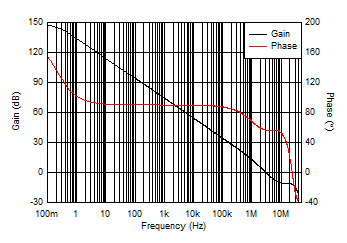
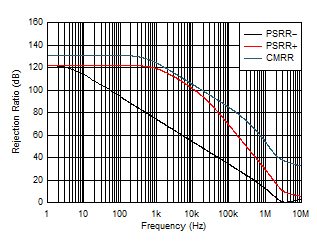
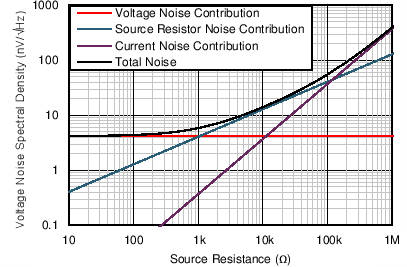

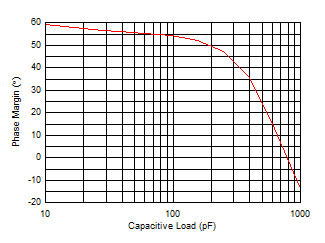
| G = 1 |
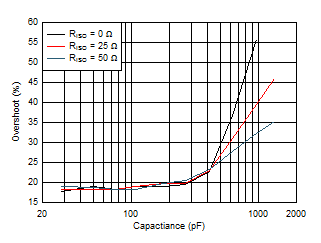
| G = –1 | 10-mV input step |
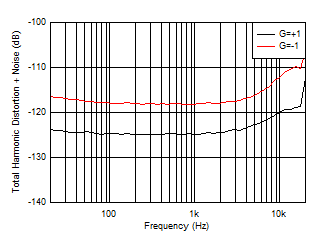
| VOUT = 3 VRMS | RL = 600 Ω | 80-kHz bandwidth |
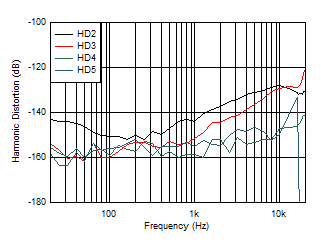
| VOUT = 3 VRMS | G = 1 | 80-kHz bandwidth |
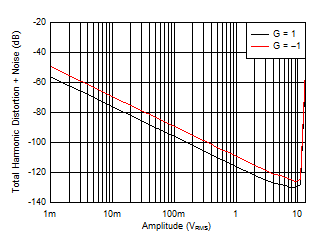
| f = 1 kHz | 80-kHz bandwidth |
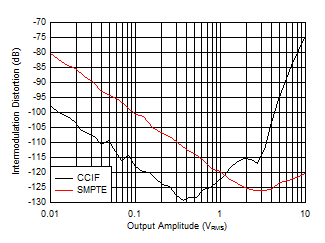
| 80-kHz bandwidth |
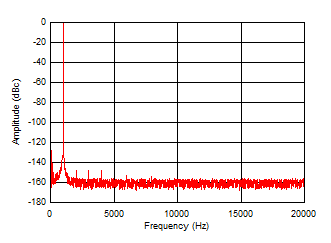
| f = 1 kHz | VO = 3 VRMS | RL = 600 Ω |
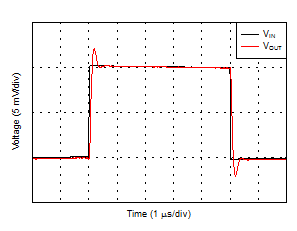
| 100-pF capacitive load | 10-mV input step | G = 1 |
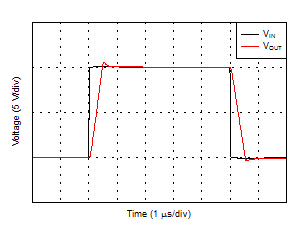
| 100-pF capacitive load | 10-V input step | G = 1 |

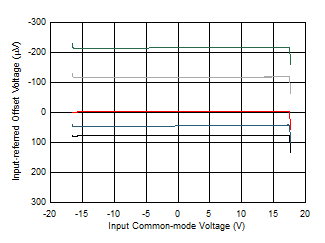
| 5 typical units |

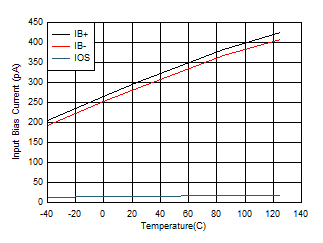

| VS = ±1.75 V |


| VS = ±1.75 V |
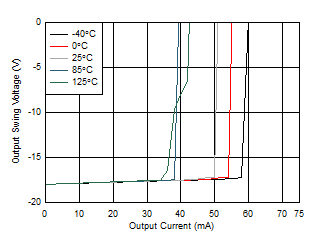
| Sinking |
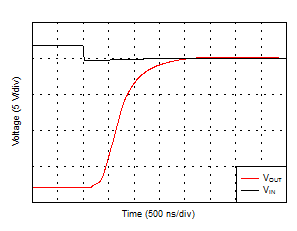
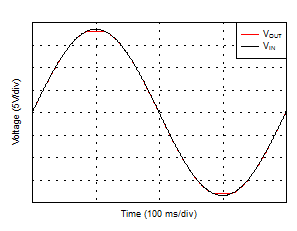
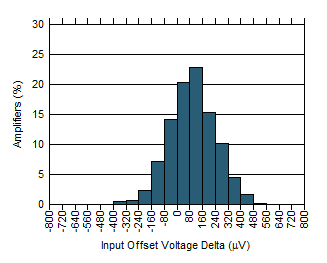
| N = 580 | Mean = 17 µV | Std. Dev. = 145.2 µV |
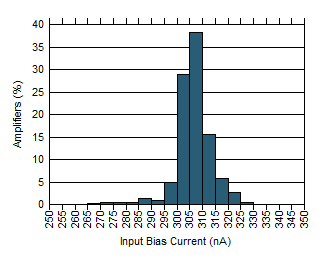
| N = 1160 | Mean = 301.5 nA | Std. Dev. = 7.03 nA |
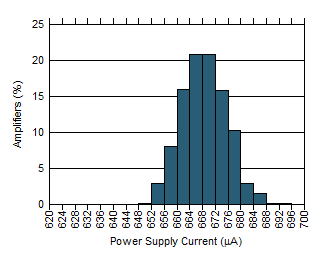
| N = 1160 | Mean = 664.6 µA | Std. Dev. = 6.98 µA |
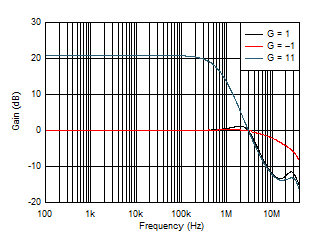
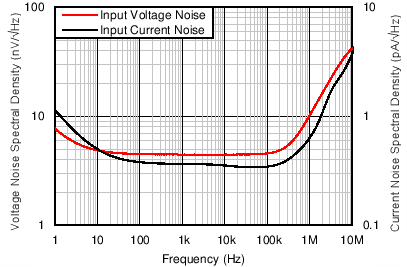
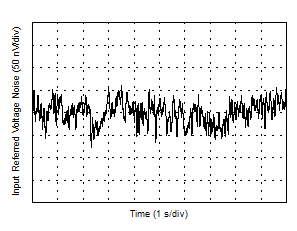
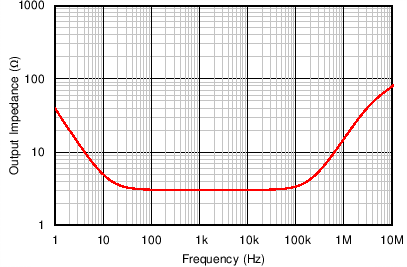
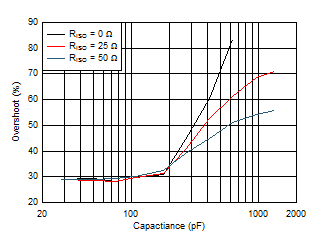
| G = 1 | 10-mV input step |
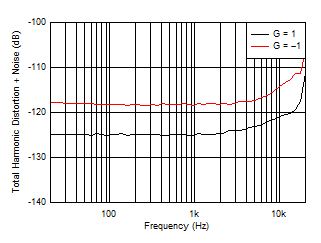
| VOUT = 3 VRMS | 80-kHz bandwidth |
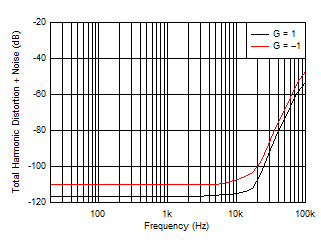
| VOUT = 3 VRMS | 500-kHz bandwidth |
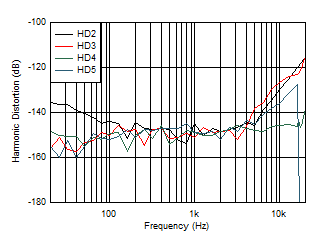
| VOUT = 3 VRMS | G = –1 | 80-kHz bandwidth |
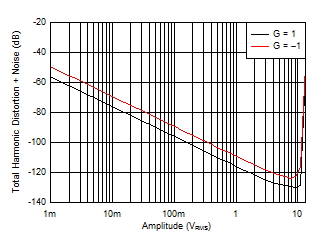
| f = 1 kHz | RL = 600 Ω | 80-kHz bandwidth |
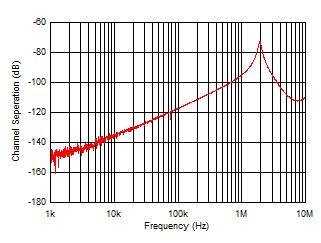
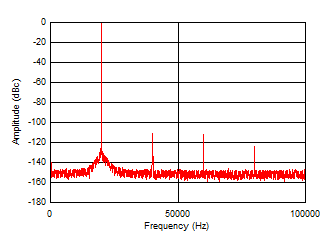
| f = 20 kHz | VO = 3 VRMS | RL = 600 Ω |
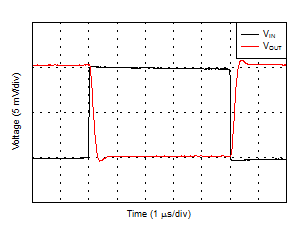
| 100-pF capacitive load | 10-mV input step | G = –1 |
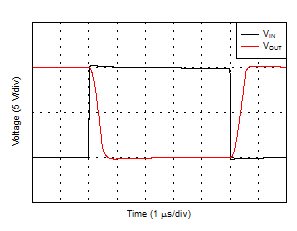
| 100-pF capacitive load | 10-V input step | G = –1 |
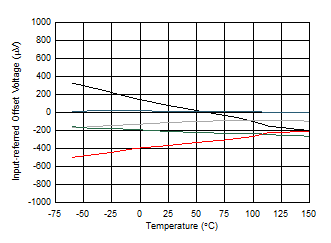
| 5 typical units |
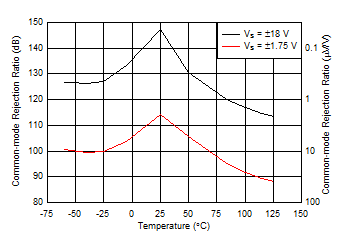
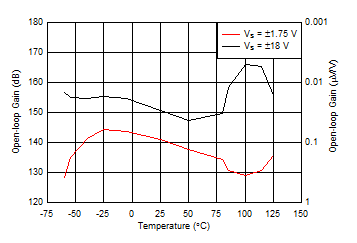
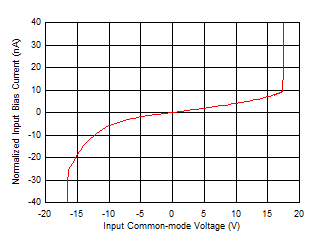
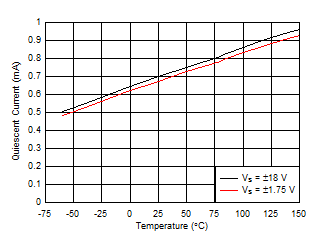
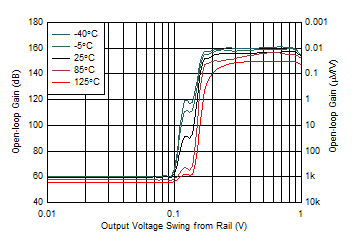
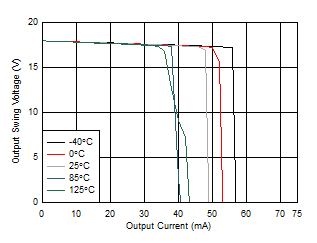
| Sourcing |
